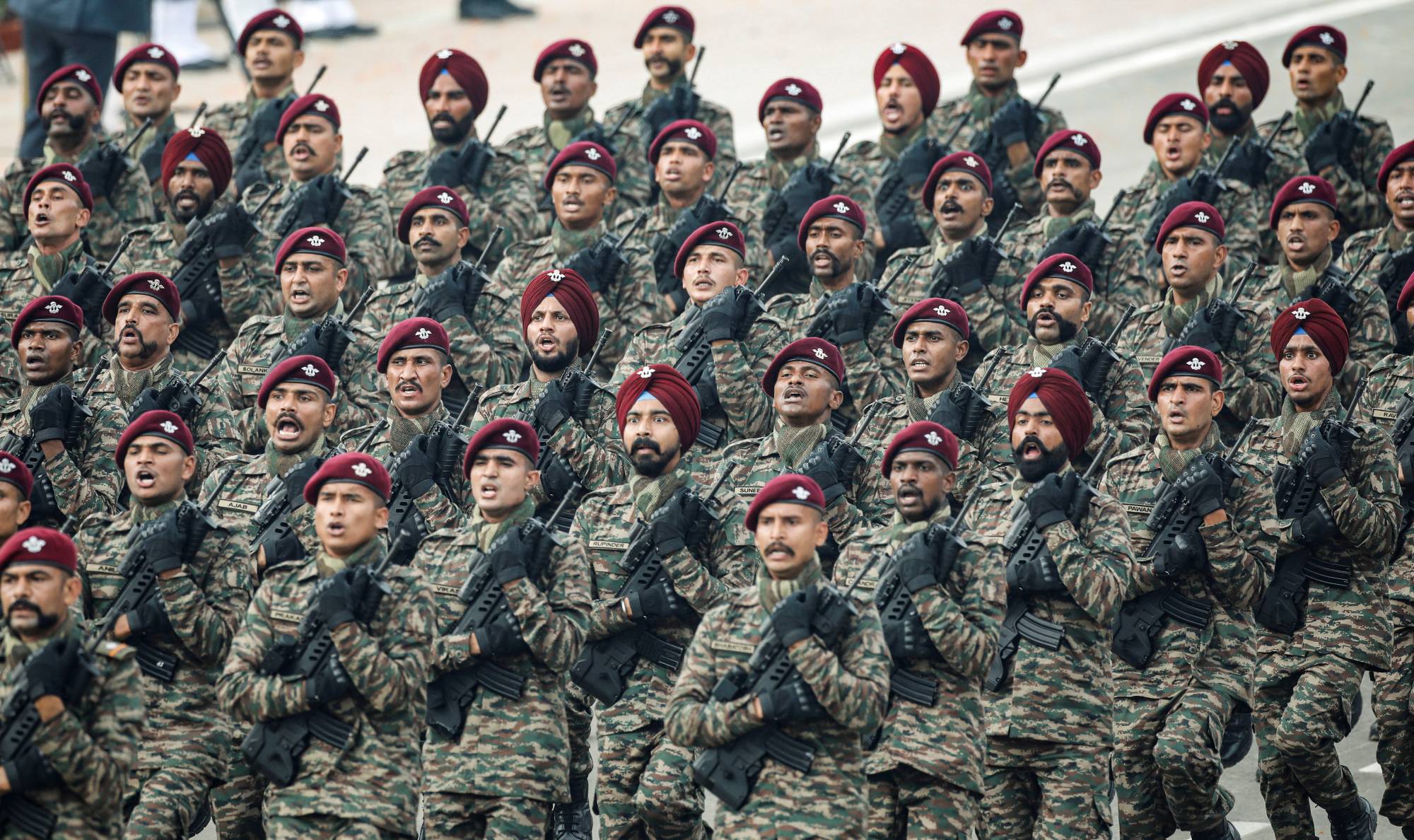India is continuing to bolster its national defense industry, as highlighted by the Ministry of Defense’s recent decision to procure 287 billion rupees ($3.6 billion) worth of domestically made weapons and other defense equipment.
The approved items, which are expected to augment India’s military’s capabilities amid long-standing tensions with neighboring China and Pakistan, include extended-range guided rockets and area denial munitions capable of neutralizing tanks and armored personnel carriers.
Also included is the command version of India’s infantry combat vehicle, which can collect, disseminate and share real-time information with commanders.


















With your current subscription plan you can comment on stories. However, before writing your first comment, please create a display name in the Profile section of your subscriber account page.